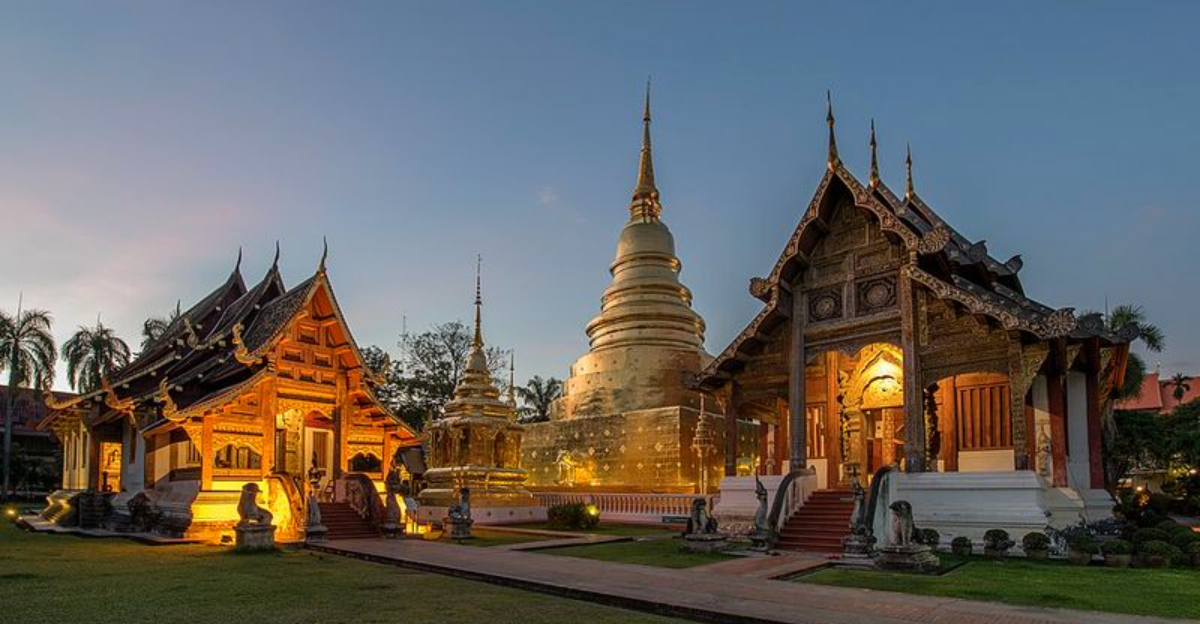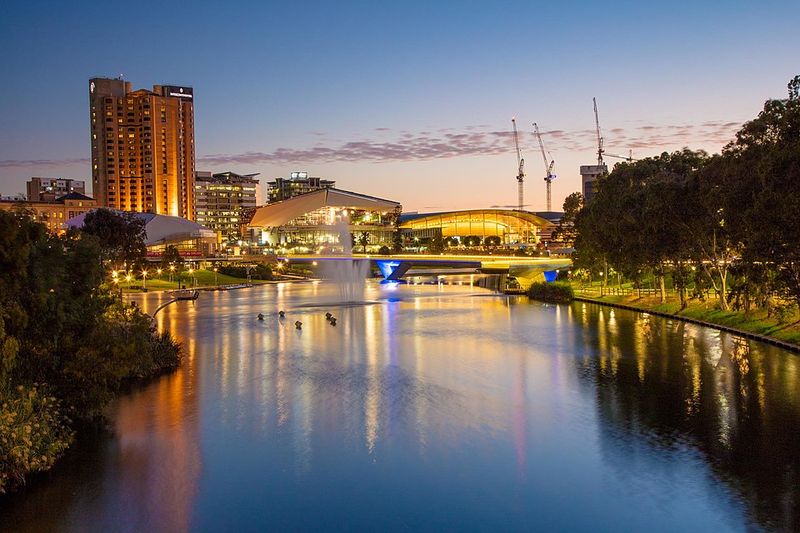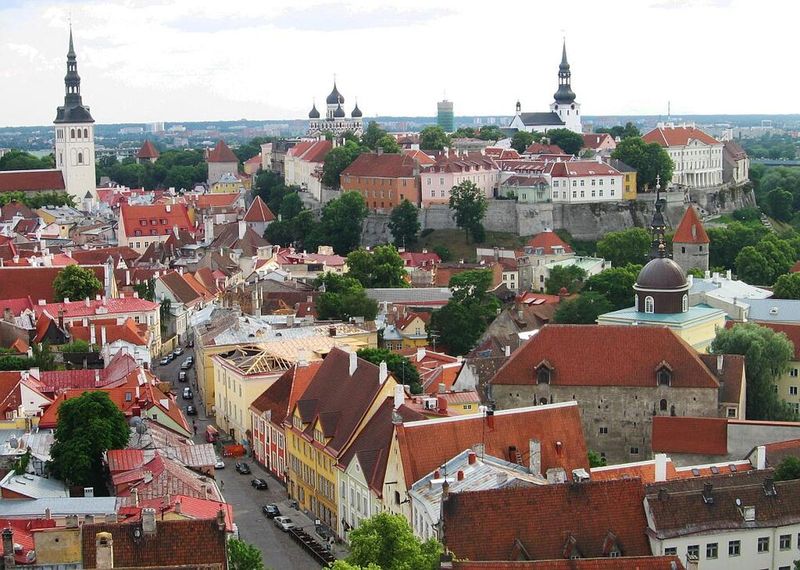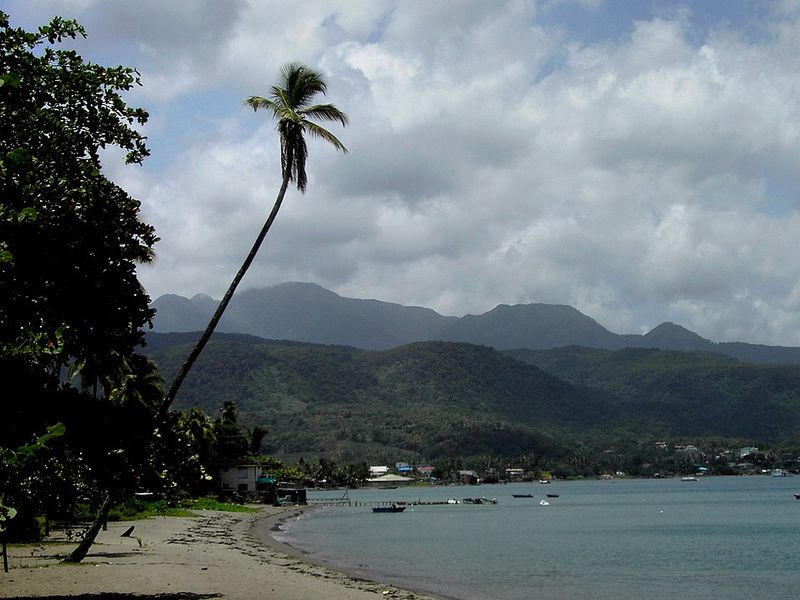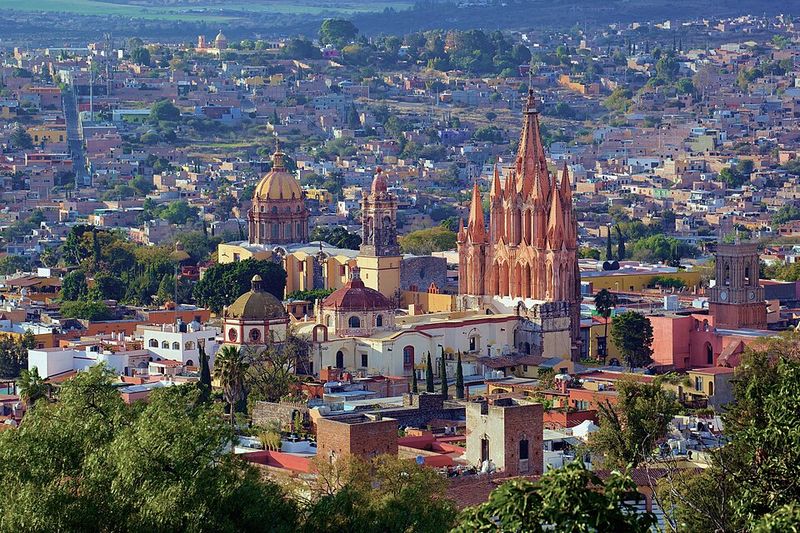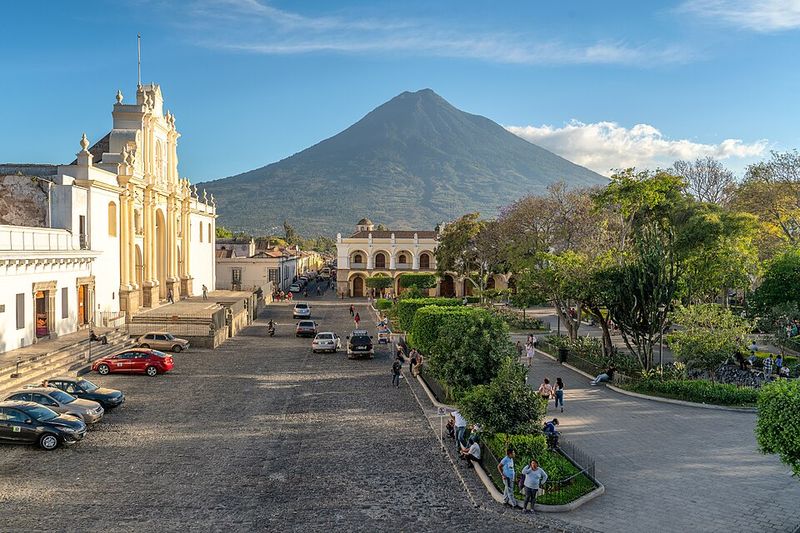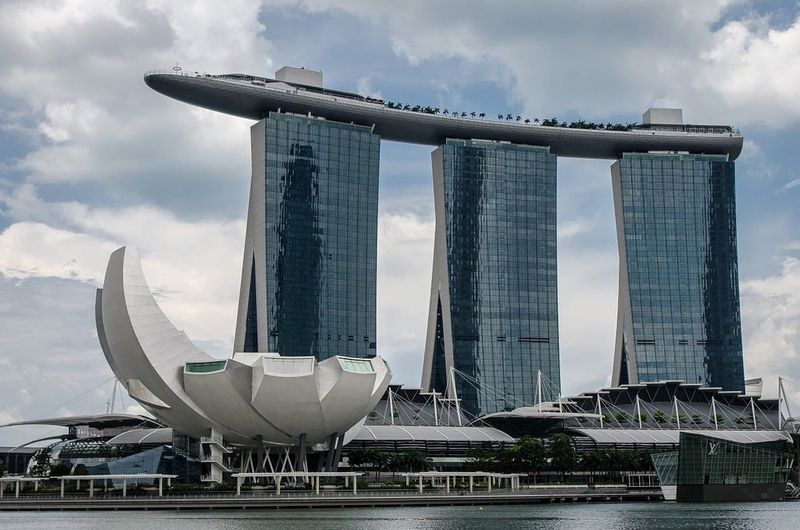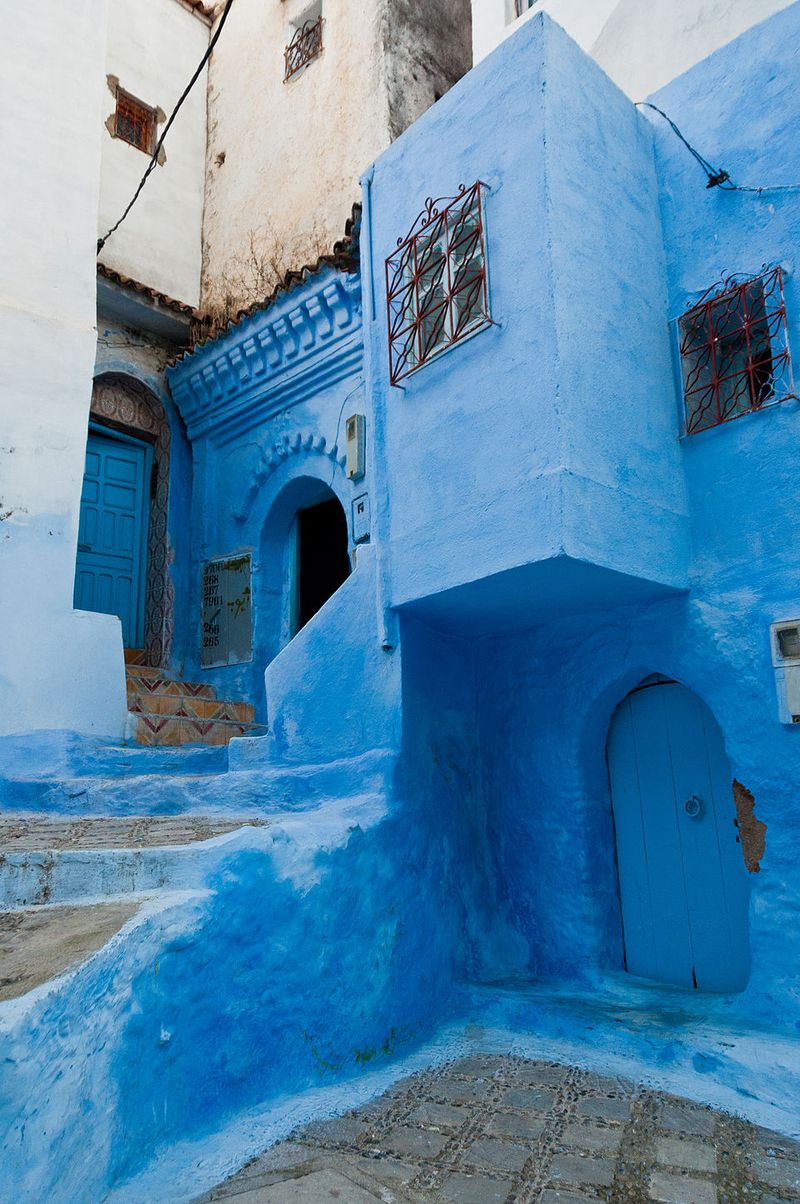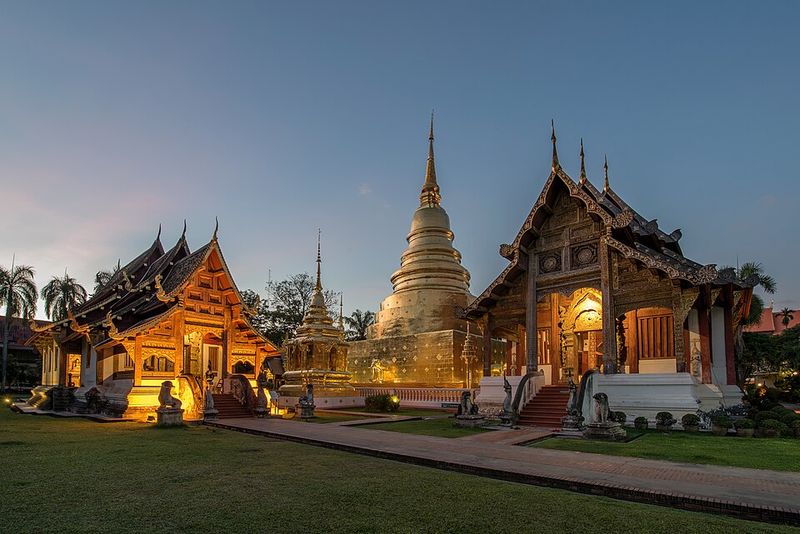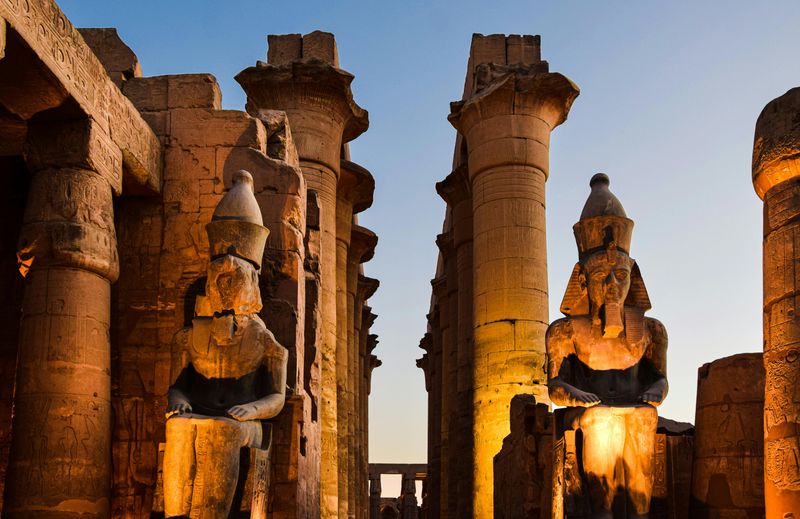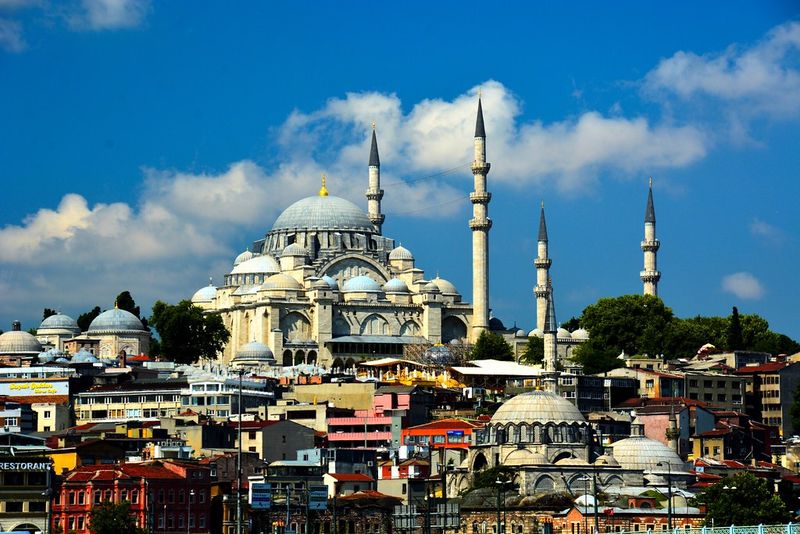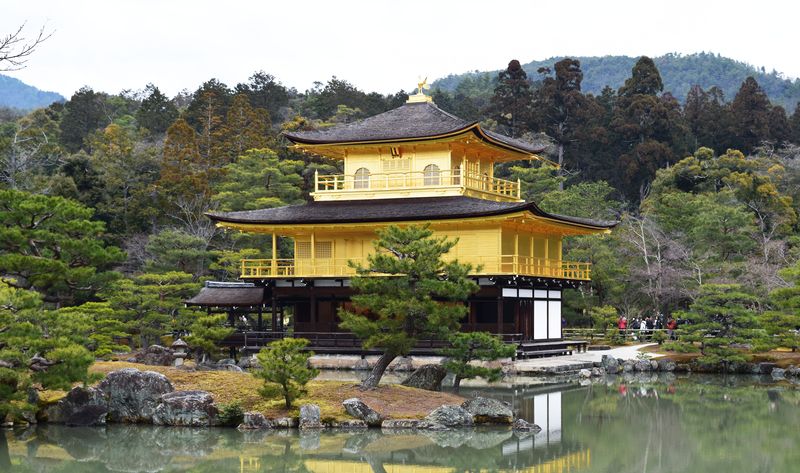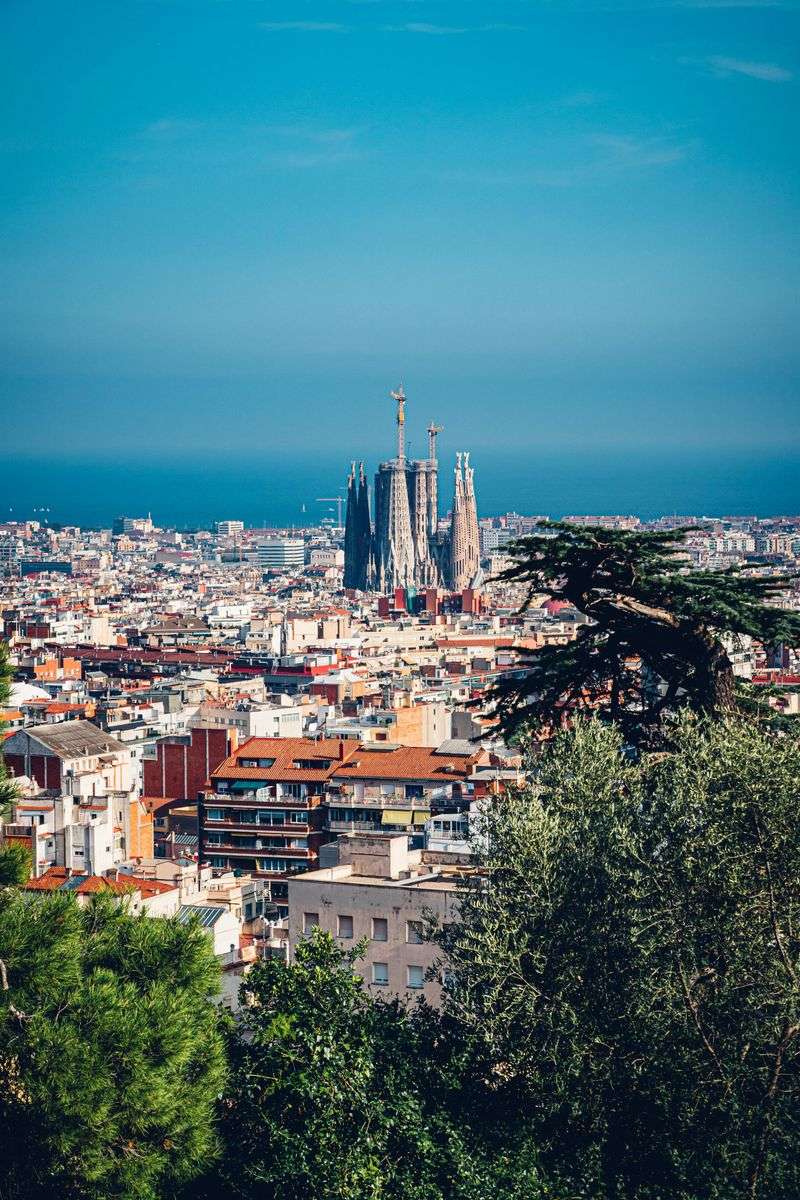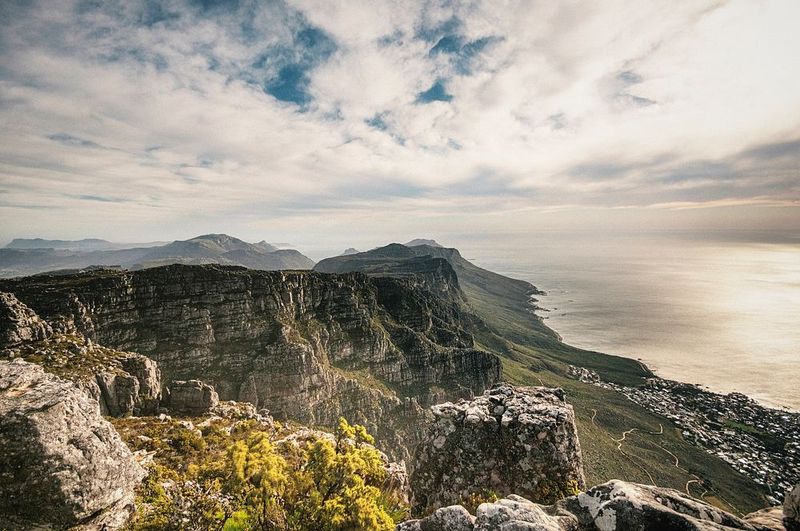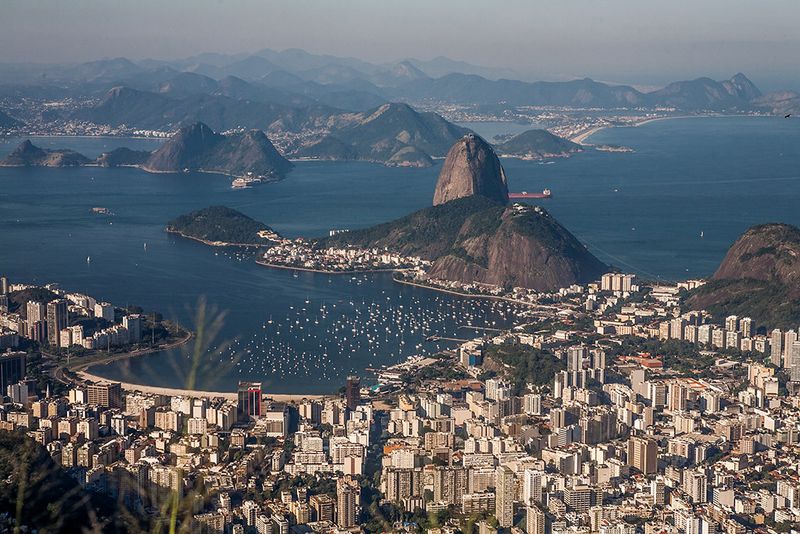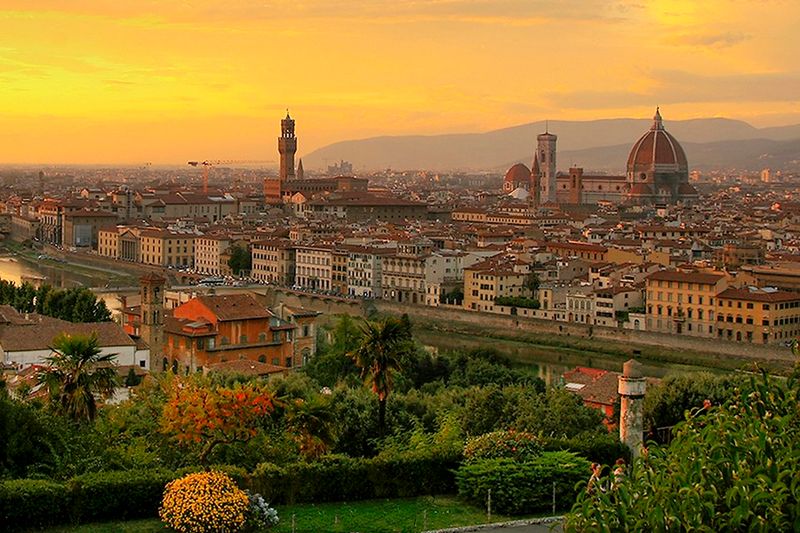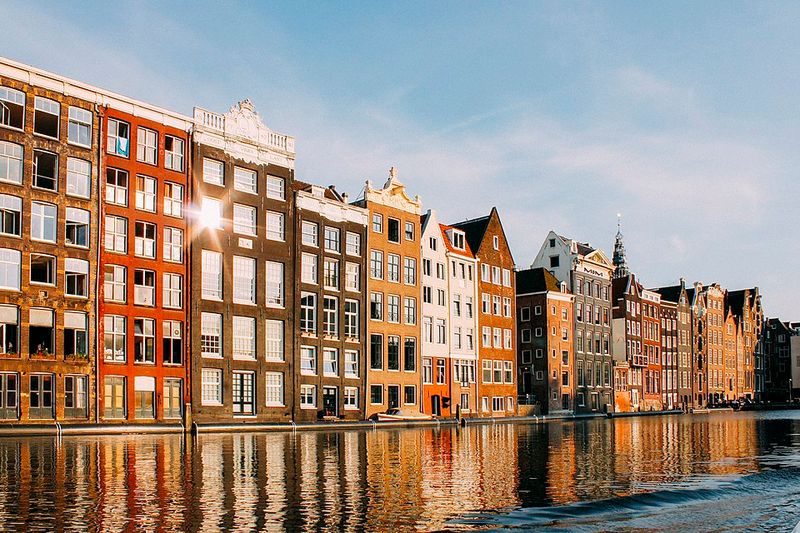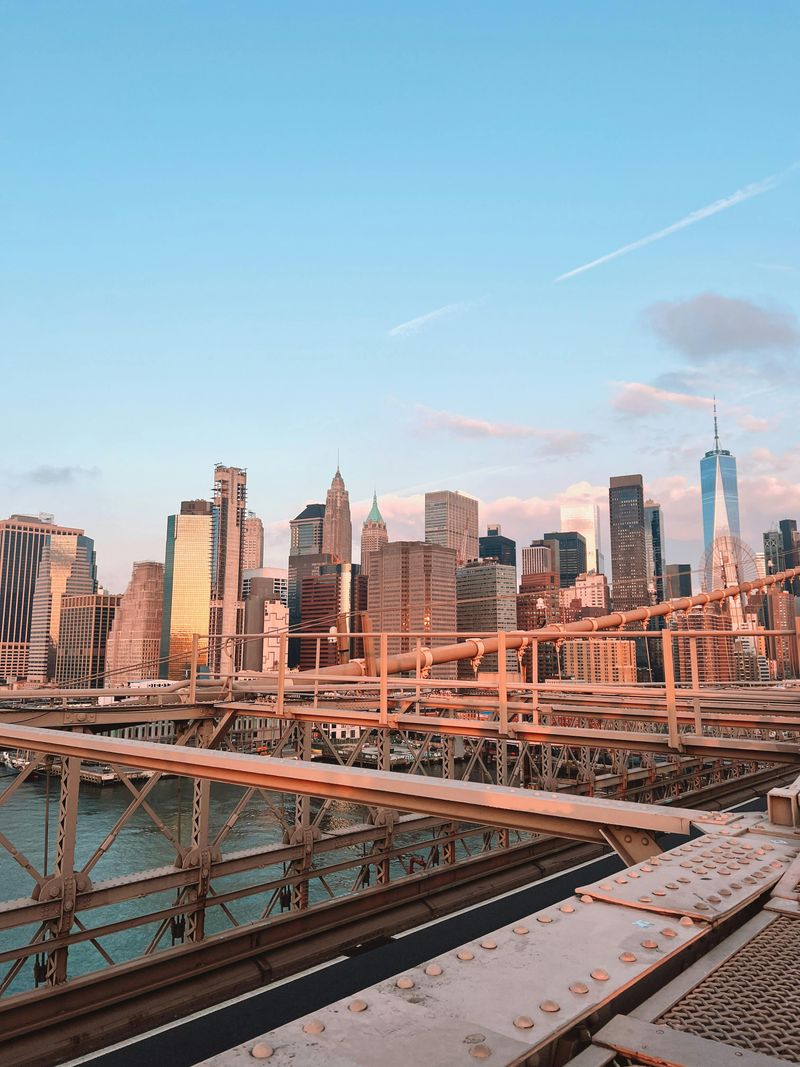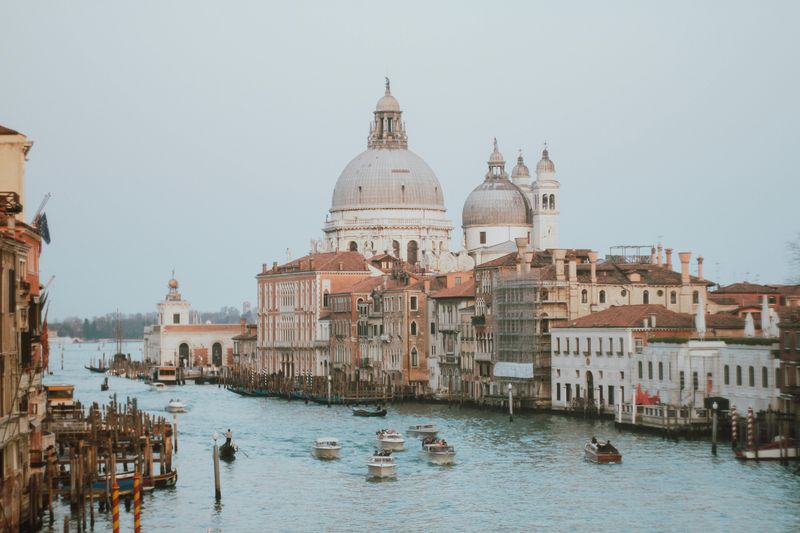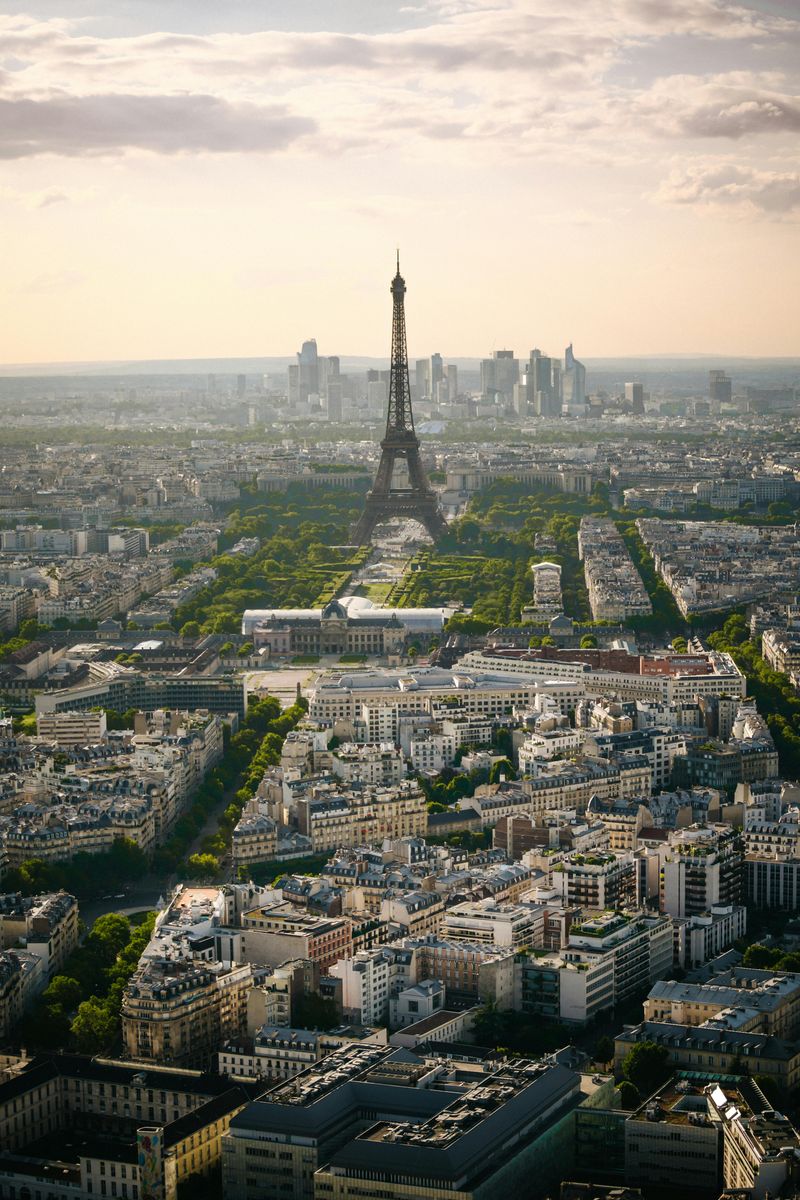Every corner of our planet holds cities that take your breath away with their stunning architecture, natural surroundings, and unique character. From ancient cobblestone streets to modern skylines that touch the clouds, these urban spaces showcase humanity’s creativity and nature’s grandeur working together. Whether you dream of wandering through historic neighborhoods or gazing at mountain-framed coastlines, this list celebrates cities where beauty isn’t just seen—it’s felt in every view and every step.
19. Adelaide, Australia
Coastal light dances across Adelaide’s elegant streetscapes, where Art Deco buildings stand proudly among wide boulevards that stretch toward rolling hills. Architectural Digest recognized this Australian gem for good reason—its visual appeal extends far beyond downtown blocks.
Vineyards blanket the Adelaide Hills to the east, while dramatic sand dunes mark the western edge where city meets sea. This rare combination creates a holistic beauty that few capital cities can match.
Civic structures display refined elegance, their clean lines complemented by the natural world pressing close on all sides. Sand, sea, and hills don’t just surround Adelaide—they define its character, making every view a study in contrasts and harmony.
18. Tallinn, Estonia
Step into Tallinn’s Old Town and you’ve entered a living fairy tale where red-roofed spires pierce the sky above perfectly preserved medieval walls. Cobbled alleys wind between Gothic towers, each turn revealing market squares that feel frozen in time.
The Baltic Sea glimmers beyond the city walls, its waters framing green hills and harbor inlets that add depth to every panorama. This Estonian capital impressed experts with its compact beauty and remarkable heritage preservation.
Medieval form meets water in ways that shape the city’s visual identity—narrow streets suddenly open to harbor views, and ancient fortifications stand guard over modern life. Forest edges creep close to the old walls, softening stone with green.
17. Portsmouth, Dominica
Pastel houses line Portsmouth’s narrow streets, their colors popping against a backdrop of lush tropical hills that cascade down to meet Caribbean waters. This harbor city earns praise for its natural elegance rather than grand monuments.
Reef systems and mangrove fringes edge the coastline, creating layers of blue and green that shift with the light. Modest port structures maintain human scale, never competing with the surrounding landscape for attention.
Architectural Digest highlighted how land, sea, and town achieve authentic harmony here—nothing feels overbuilt or forced. The beauty reveals itself through subtlety: the way afternoon light frames a hillside, how mangroves shelter the harbor, or the gentle rhythm of waterfront life unfolding at its own pace.
16. San Miguel de Allende, Mexico
Bougainvillea spills over walls painted in every shade imaginable, guiding your eyes along cobbled lanes that climb and dip through this colonial masterpiece. Baroque church towers punctuate the skyline, their ornate details catching golden hour light in spectacular fashion.
Winding alleys surprise you with hidden plazas and unexpected stairways, each corner revealing new textures in stone, plaster, and tile. Terracotta rooftops create waves of warm color that roll toward distant hills.
Expert beauty lists consistently rank San Miguel high for its intimate scale and craftsmanship—this isn’t beauty born from monuments but from human hands working with local materials. Walk these streets at sunset and watch façades glow like embers, transforming the entire city into living art.
15. Antigua, Guatemala
Three volcanoes frame Antigua’s colonial profile, their perfect cones rising behind pastel walls and baroque facades that have stood for centuries. Cobblestone streets lead through a city that feels suspended in time, its visual language remarkably consistent and preserved.
Formal courtyards hide behind carved wooden doors, while graceful ruins speak to earthquakes past without diminishing the city’s charm. Every street offers framed views—a chapel arch, a tree-lined corridor, a distant volcanic peak.
Compact and historically layered, Antigua rewards wanderers with continuous visual discoveries. Many beauty rankings place it among the world’s most stunning cities because its Spanish colonial heritage remains so intact and its natural setting so dramatic. Quiet streets amplify architectural details you might otherwise miss.
14. Singapore
Glass towers wrapped in vertical gardens rise beside the waterfront, where Marina Bay’s skyline creates one of the world’s most futuristic urban profiles. Singapore’s beauty comes from bold design choices married to tropical landscaping that refuses to be contained.
Supertrees stretch skyward in Gardens by the Bay, their metal frames supporting living ecosystems that blur the line between nature and engineering. Heritage quarters like Chinatown and Little India provide colorful contrast to the sleek modern districts.
Architectural Digest recognized how green infrastructure and clean lines work together here—rooftop gardens, sky bridges, and waterfront promenades ensure nature and structure reinforce rather than compete. This polished, forward-looking beauty represents a different aesthetic than historic European capitals, but it captivates nonetheless.
13. Chefchaouen, Morocco
Every wall glows in shades of blue—from deep indigo to pale sky tones—creating a chromatic experience unlike any other city on Earth. Chefchaouen’s maze-like alleys slope upward into the Rif Mountains, each turn shifting how light plays across painted surfaces.
Small in scale and human in proportion, this Moroccan gem achieves visual harmony through its consistent palette and mountain setting. Shadows deepen the blues while sunlight makes them sing.
Curated beauty lists feature Chefchaouen for its singular identity—you won’t confuse this place with anywhere else. The combination of color, topography, and intimate alleyways creates self-contained beauty that feels both ancient and timeless. Mountains press close behind, making the blue city feel nestled and protected.
12. Chiang Mai, Thailand
Golden temple roofs catch morning light across Chiang Mai’s valley, their layered tiers rising above teak houses and old city walls that still define neighborhood boundaries. Mountains ring the horizon, their forested slopes adding depth to every view.
Ancient moats reflect clouds drifting over distant peaks, while courtyards tucked behind temple gates offer quiet beauty. The grid pattern established centuries ago frames a city that feels rooted and gentle rather than polished or monumental.
Expert rankings place Chiang Mai above many coastal cities because its aesthetic virtue comes from blending human craft with natural setting. Seasonal foliage shifts the color palette throughout the year. This northern Thai city reveals beauty that’s lived-in and authentic, where temple bells and mountain mists create atmosphere as important as architecture.
11. Luxor, Egypt
Colossal statues guard temple entrances where sunlight strikes ancient stone in constantly shifting tones—dawn’s pink glow gives way to midday’s harsh clarity, then dusk’s golden warmth. Luxor’s archaeological majesty defines its beauty as much as its Nile River setting.
Palm rows line the riverbanks, their green fronds softening the desert’s edge where massive temple façades rise with commanding presence. The Nile bends through the landscape, reflecting temple columns in its slow-moving waters.
Architectural Digest highlighted how culture and landscape merge here—temple architecture doesn’t dominate the desert but rises from it naturally. Stone surfaces seem to breathe with the changing light. This Egyptian city showcases beauty rooted in human achievement thousands of years old, still standing, still breathtaking.
10. Istanbul, Turkey
Water splits Istanbul between continents, the Bosphorus carrying ferries past Ottoman palaces on one shore and European-style architecture on the other. Minarets punctuate the skyline in rhythmic repetition, their slender towers rising beside massive domes.
Markets spill down hillsides toward waterfront terraces where you can watch ships pass between Asia and Europe. The city’s beauty emerges from relationships—between water and land, old and older, East and West.
Global beauty lists consistently rank Istanbul mid-to-high because its visual appeal is layered across millennia and two continents. Shore roads wind past neighborhoods where mosque courtyards open to Bosphorus views. This relational beauty means the city constantly offers new perspectives, new juxtapositions, new ways of seeing how geography shapes human settlement.
9. Kyoto, Japan
Stone lanterns guide pathways through moss gardens where pond reflections double every maple branch and temple roof. Kyoto’s beauty shifts with seasons—cherry blossoms transform the city in spring, while autumn paints hillsides in impossible reds and golds.
Wooden screens and tile roofs create delicate transitions between interior and exterior spaces, never dominating but always harmonizing. The city deliberately resists skyscrapers, choosing instead to build connections between architecture and nature.
Expert rankings place Kyoto high for visual depth that reveals itself gradually—you must slow down to appreciate how light filters through bamboo groves or how raked gravel patterns shift perspective. This thoughtful beauty rewards patient observation, offering layers of detail that casual glances miss. Temple gardens become meditation spaces where aesthetics and philosophy merge.
8. Barcelona, Spain
Antoni Gaudí’s imagination explodes across Barcelona in undulating benches, mosaic-covered structures, and the soaring spires of Sagrada Família that seem to grow rather than be built. Mediterranean light washes over neighborhoods that cascade from hills down to beaches.
Gothic Quarter alleyways open suddenly onto sunny plazas where cafés spill across cobblestones. Coastal promenades connect beach life to urban energy, while modernist façades add color and whimsy to entire blocks.
Many beauty lists place Barcelona near the top for its architectural daring combined with livable urban form. The city engages visitors at every level—skyline spectacle, street-level detail, and everything between. Park Güell’s terraced gardens offer sweeping city views, while narrow lanes reveal tile work and ironwork that reward close inspection. Beauty here is both grand and intimate.
7. Cape Town, South Africa
Table Mountain’s flat summit dominates Cape Town’s profile, its dramatic cliffs dropping toward neighborhoods that climb hillsides in waves of color. Atlantic waters crash against rocky coastlines while harbor districts bustle with waterfront activity.
Vineyards stretch across valleys in the distance, their ordered rows contrasting with wild forests clinging to mountain slopes. Colorful houses inch up steep streets, creating layers of texture between sea and summit.
Beauty rankings consistently place Cape Town among world leaders because nature doesn’t just surround this city—it penetrates and defines it. Coastal drives reveal new vistas every few kilometers. The juxtaposition of mountain, ocean, urban development, and wilderness creates visual drama that shifts with weather and light. Mist can hide Table Mountain one hour, then reveal it in sharp clarity the next.
6. Rio de Janeiro, Brazil
Christ the Redeemer spreads his arms above a city built for spectacle, where granite peaks punch through urban fabric and beaches curve around bays in perfect arcs. Sugarloaf Mountain rises from the harbor like a natural monument, cable cars tracing lines up its face.
Neighborhoods cling to impossibly steep hillsides, their buildings stacked and colorful against jungle green. Vista points throughout the city offer sweeping panoramas where you can trace how elevation, density, and nature weave together.
Expert rankings place Rio high because its natural drama combines with ambitious urban texture—this city takes risks with topography. Dawn and dusk carve the landscape with dramatic light. Copacabana’s mosaic sidewalks lead to waters where mountains frame every beach view. Rio proves that beauty can be carved from light, stone, and audacious human settlement.
5. Florence, Italy
The Duomo’s massive dome anchors Florence’s terracotta-roofed skyline, its engineering marvel still commanding attention centuries after Brunelleschi completed it. Renaissance proportions guide every palazzo façade, every bridge arch, every piazza dimension.
The Arno River reflects medieval and Renaissance structures, its bridges—especially the shop-lined Ponte Vecchio—connecting neighborhoods that feel like open-air museums. Narrow alleys suddenly open to spaces designed for human scale and artistic contemplation.
Travel authorities consistently list Florence among the world’s most beautiful cities because it embodies Renaissance ideals: proportion, artistry, and intimate urban space. Carved stone details reward close inspection, while hillside viewpoints reveal how the city fits its valley. You don’t just visit Florence—you inhabit an artwork where every element serves aesthetic purpose. Garden terraces, gallery courtyards, and street-level details create continuous visual poetry.
4. Amsterdam, Netherlands
Concentric canals ring Amsterdam’s center, their waters reflecting narrow gabled houses that lean at charming angles. Bridges arc over waterways at regular intervals, creating repeated frames for views that shift with every few steps.
Bicycles line quays where trees shade café tables and houseboats bob gently in the current. The architecture plays with vertical proportion—tall, narrow houses with large windows create rhythmic patterns along every canal.
Design-oriented beauty lists praise Amsterdam for how water multiplies its visual appeal through reflection and perspective. You see façades at multiple levels simultaneously—in reality and mirrored below. Tree branches soften brick and glass, while cycling paths ensure you experience beauty at human speed rather than rushing past. At any turn, enclosure gives way to openness, shadow to light, creating generous visual rewards throughout this perfectly scaled city.
3. New York City, USA
Glass and steel towers catch morning light above the Hudson River, their reflective surfaces creating vertical gardens of sky and cloud. Central Park carves green space through Manhattan’s grid, providing contrast that makes both nature and architecture more dramatic.
Brooklyn Bridge’s Gothic arches frame Lower Manhattan’s evolving skyline, where historic districts press against soaring modern construction. Observation decks and waterfront viewpoints reveal how rivers define the city’s shape.
Global beauty lists rank New York for its layered visual energy and dramatic contrasts—vertical ambition meets water, greenery, and human-scale neighborhoods. Light and shadow play across surfaces throughout the day. Unlike older European cities with unified architectural languages, NYC’s beauty emerges from juxtaposition: old beside new, intimate beside monumental. The result feels simultaneously chaotic and coherent, always changing yet unmistakably itself.
2. Venice, Italy
Gondolas glide through narrow canals where Gothic palazzi lean toward the water, their pastel façades reflected in gentle waves. Bridges connect pedestrian compartments in a city where water replaces streets and boats replace cars.
Arched portals frame views down side canals, each perspective revealing layers of architecture suspended between sky and water. Day transitions to evening, and reflections animate façades in ways that solid ground never could.
Venice ranks near the top of beauty lists because its spatial logic is unique—a fluid visual system where movement and reflection matter as much as form itself. The city exists in suspension, its beauty emerging from the interplay of light, water, and centuries-old architecture. Every turn offers composed vistas, whether you’re crossing a bridge or watching a canal wind between buildings. This is beauty that lives, breathes, and changes with tides and light.
1. Paris, France
From Montmartre’s heights to the Louvre’s glass pyramid, Paris delivers on its reputation as the world’s most beautiful city through cohesive planning that feels both intentional and organic. Iconic landmarks punctuate neighborhoods where every view seems consciously composed.
Riverine elegance defines the Seine’s path through the city, its quays and bridges creating continuous promenades where architecture meets water. Artistic depth saturates every arrondissement—museums, theaters, galleries, and street-level details all contribute.
Many compilations place Paris at number one because it most fully realizes the concept of urban beauty. The combination of walkable scale, unified architectural language, and cultural richness creates persistent aesthetic experience. Visitors report that in Paris, beauty isn’t occasional—it’s the default condition. Every street offers something worth framing, every neighborhood rewards exploration. This is the city that set the standard others still chase.
